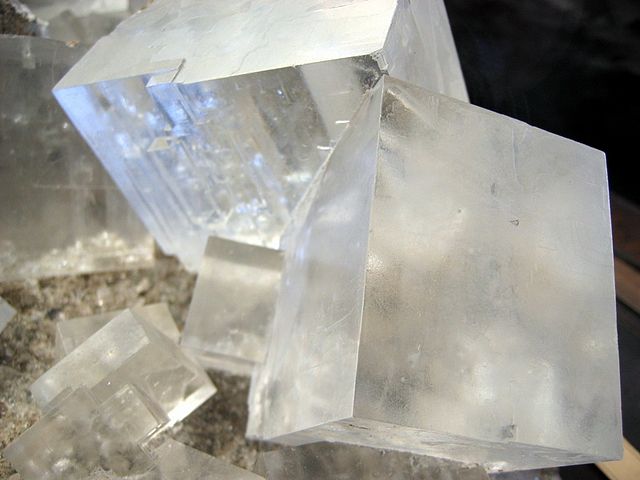The process of natural salt formation occurs due to sea
water evaporation. Layers of sediment and rock cover the salt water bodies,
resulting in salt
deposits which can be mined. Today, salt mines are one of the biggest
sources of salt.
Let’s take a look at two of the biggest salt mines in the
world.
1. Goderich, Ontario
Goderich, Ontario is home to the biggest salt mine in the
world and produces over 7 million tons of highway deicing salt every year! The mine is run
by Sifto, in partnership with Compass Minerals Company. This salt mine is as
deep as Toronto’s CN Tower
is high and most of the operations occur at the deepest end of this salt mine.
It extends two miles into Lake Huron and is about a mile wide.
The Sifto salt mine is operational 24 hours a day and is not
accessible for tourists and visitors. In fact, the operations only cease when
the lake freezes over and the enormous ship freighters cannot carry all the
produce to their destination. The mine consists of two separate plants and uses
the “room and pillar” mining approach to break the salt into manageable pieces
which are then conveyed further on to be crushed. The purity of the salt
produced ranges between 92% – 98%.
History
It was in 1866 when a team was drilling at the Goderich
harbor in search of oil, but they struck rock salt instead. A further
investigation and digging 300 meters under the ground revealed a monumental
salt bed. In fact, it was the first recorded discovery of a salt bed in entire
North America. That’s right. The world’s largest salt mine was discovered
purely by accident. Now, this mammoth mining operation is a major employer in
the area.
2. Khewra
The Khewra salt mine is the second largest salt mine in the
world and produces 325,000 tons of salt every year! It is estimated that it contains
about 220 million tons of salt that is yet to be mined out of it.
Located in the Jhelum District region of Punjab, Pakistan,
these enormous mines stretch over an area of 110 sq. km and are 228 meters deep.
The tunnels inside the mine run 40 kilometers long and extend into the mountains
by about half a mile. To help you imagine its size, there are 19 floors in the
mine. Seven of them are above the ground and 12 are underground. There is
around 50ft of rock salt and rock between each floor to provide stability to
the structure.
The produce
The Himalayan rock
salt is a major product of this majestic mine and is a reddish and pinkish
rock salt that is exported throughout the world. A lot of people like to salt
their food with Himalayan salt because it tastes better than the regular table
salt. The rock salt extracted from the Khewra mines is 99% pure, accounting for
a sizable portion of its demand.
If you’re looking for top quality rock salt like the ice melter, bag salt alongside others,
you can find them at Rock Salt USA.
Salt monuments
In order to prevent the dugout space inside the mine from
collapsing, only half the salt is extracted while the rest is left to support
the structure of the mine. There are small little attractions inside the Khewra
mines for the tourists. There’s an assembly hall that’s 75 meters tall with
amazing echo, something tourists have a lot of fun with.
At Rock Salt USA, you can
find a range of different industrial grade rock salt including pallets of ice melt, road salt and bag rock salt. Visit their website for
price quotes and details.

